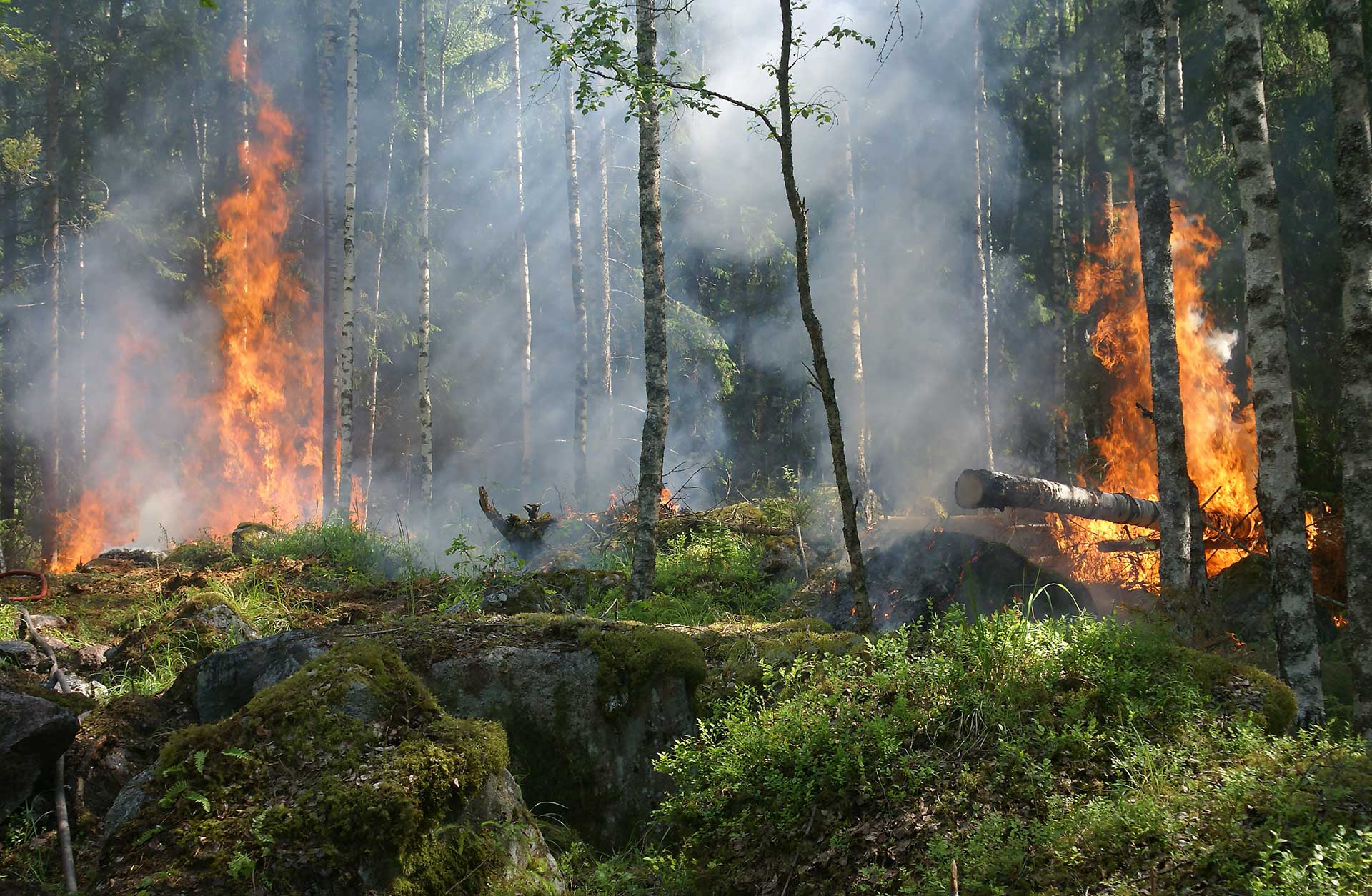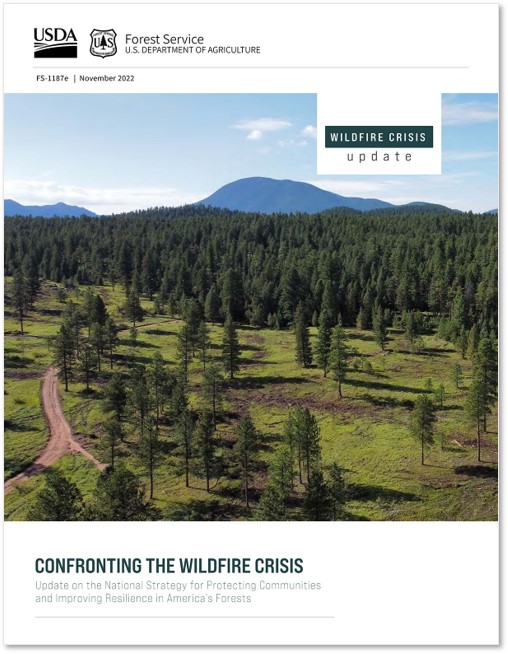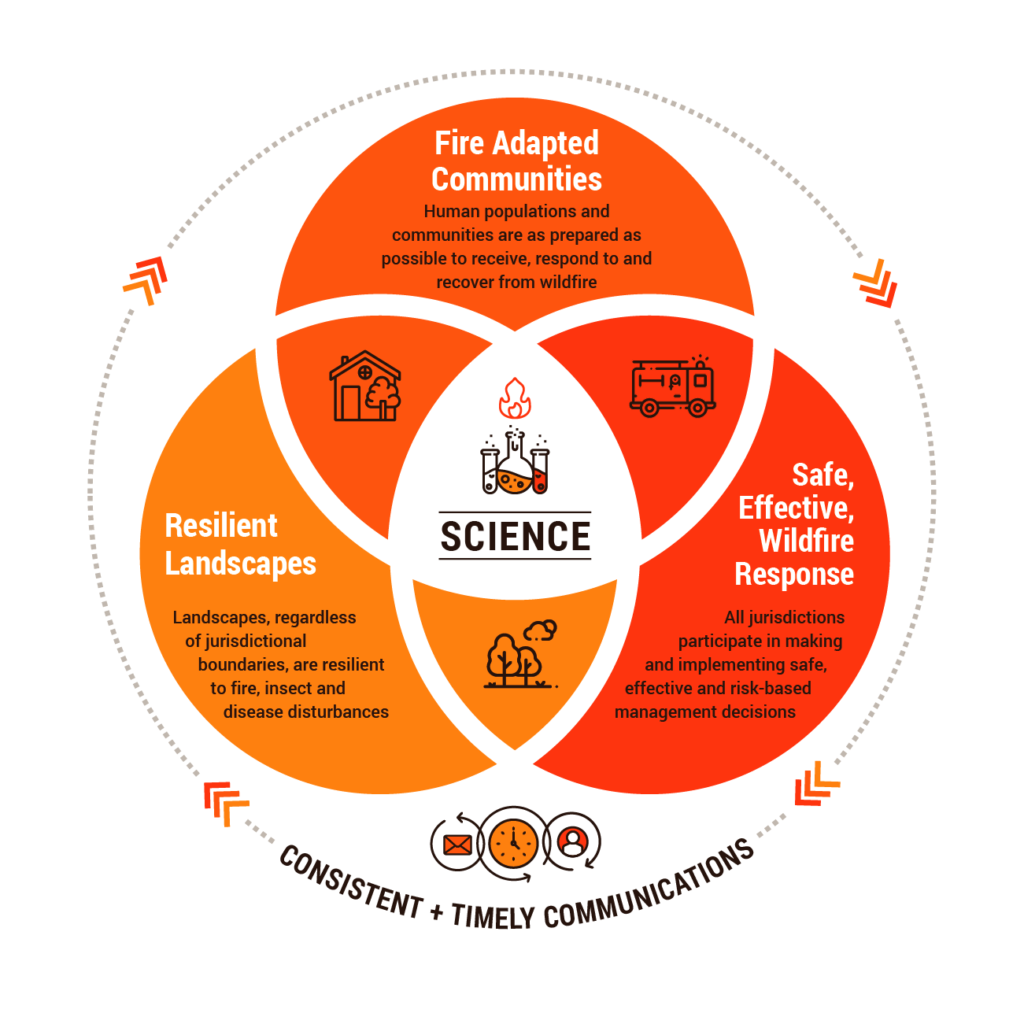
Federal Policies and Initiatives
Wildfire Risk to Communities is aligned with the goals of several important federal policies and initiatives, including the National Cohesive Wildland Fire Management Strategy, Confronting the Wildfire Crisis, and Shared Stewardship.
National Cohesive Wildland Fire Management Strategy
The National Cohesive Wildland Fire Management Strategy is a strategic push to work collaboratively among all stakeholders and across all landscapes, using best science, to make meaningful progress toward three goals:
- Resilient Landscapes
- Fire Adapted Communities
- Safe and Effective Wildfire Response
The vision of the Cohesive Strategy is to safely and effectively extinguish fire when needed; use fire where allowable; manage our natural resources; and as a nation, to live with wildland fire.
Wildfire Risk to Communities aligns with the goals of the Cohesive Strategy by providing communities with wildfire risk data based on the best available science and with resources to help reduce risk. For example, activities to address the home ignition zone and community health can help communities become better fire adapted; wildfire prevention and response measures can strengthen safe, effective wildfire response; and fuel treatments can help make landscapes resilient.
Confronting the Wildfire Crisis: A National Strategy
The Forest Service has launched a 10-year strategy to squarely address the wildfire crisis in the places where it poses the most immediate threats to communities. The strategy, called “Confronting the Wildfire Crisis: A Strategy for Protecting Communities and Improving Resilience in America’s Forests,” combines a historic investment of congressional funding with years of scientific research and planning into a national effort that will dramatically increase the scale of forest health treatments over the next decade.

Under this strategy, the Forest Service will work with partners to engineer a paradigm shift by focusing fuels and forest health treatments more strategically and at the scale of the problem, using the best available science as the guide. The focus is on key “firesheds”—large forested landscapes and rangelands with a high likelihood that an ignition could expose homes, communities, and infrastructure to wildfire. Firesheds, typically about 250,000 acres in size, are mapped to match the scale of community exposure to wildfire.
Shared Stewardship
Today’s forest land managers face a range of urgent challenges, among them catastrophic wildfires, more public demand, degraded watersheds, and epidemics of forest insects and disease. The U.S. Department of Agriculture (USDA) Forest Service has a new Shared Stewardship Strategy to address these challenges by working collaboratively to identify priorities for landscape-scale treatments.
Through Shared Stewardship, the Forest Service will work with a variety of partners to do the right work in the right place and at the right scale. By coordinating at the state level to prioritize, the Forest Service will be able to increase the scope and scale of critical forest treatments that support communities and improve forest conditions.

